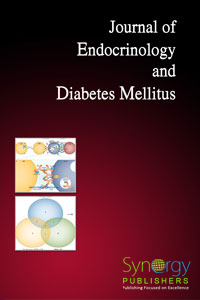
Physiology of the Hypothalamic-Pituitary-Testicular Complex: A View by Stages in the Light of Recent Advances Pages 33-38
Nawal EL Ansari1,2 and Ghizlane EL Mghari1,2
1Department of Diabetology, Endocrinology and Metabolic Diseases, CHU Mohammed VI, Hôpital Ibn Tofail, rue Abdelouahab Derraq, Marrakech, Morocco; 2Laboratory for Research into Pneumo-Cardio Immunopathology and Metabolism (PCIM), Faculty of Medicine and Pharmacy, Cadi Ayyad University, PO Box 7010, Sidi Abbad, Marrakech, Morocco
DOI: http://dx.doi.org/10.12970/2310-9971.2014.02.01.6
Abstract: The male gonadotropic axis consists of the hypothalamus, pituitary gland and testes. Testosterone is produced by the Leydig cells in the presence of pituitary luteinizing hormone (LH). LH and FSH (follicle stimulating hormone) are themselves regulated by gonadotropin-releasing hormone or GnRH, released in pulses by the anterior hypothalamic neurons.
The embryonic migration of GnRH neurons, which is a critical step in this process, is now better understood thanks to the identification of new genes that are involved. The regulation of the gonadotropic function has itself been illuminated by the identification of new peptide regulatory factors which include kisspeptins.
This review traces the physiology of male gonadotrope axis based on new knowledge relating to its establishment, its operation and its regulation, allowing a better understanding of the congenital hypogonadotropic hypogonadism.
Keywords: Male gonadotrope axis, regulation of the gonadotropic axis, migration of GnRH, kisspeptines, congenital hypogonadotropic hypogonadism. Read more

